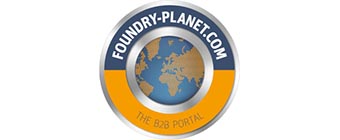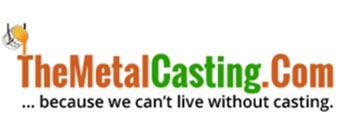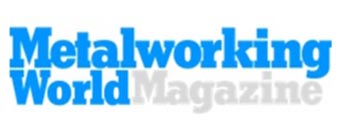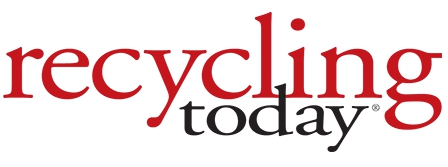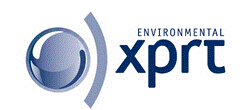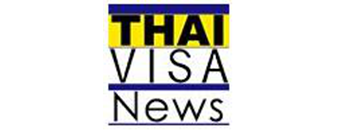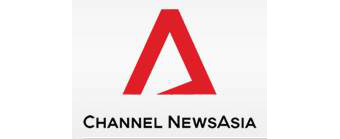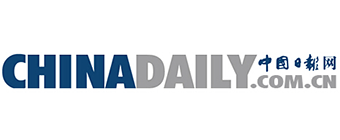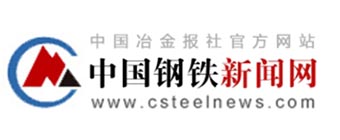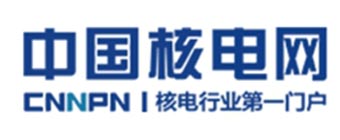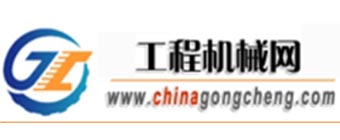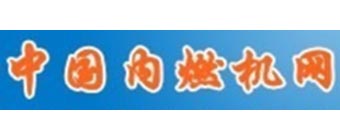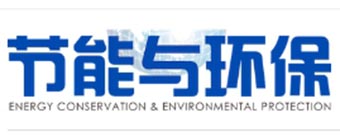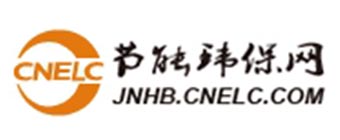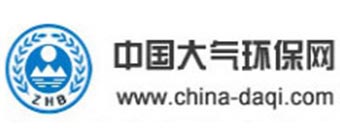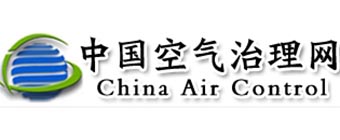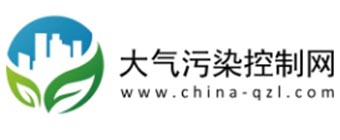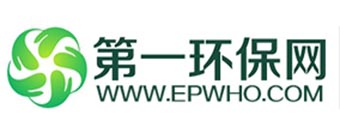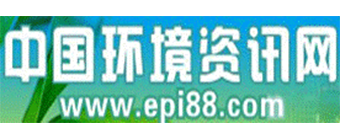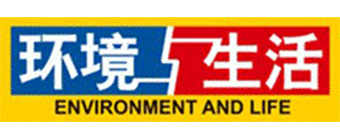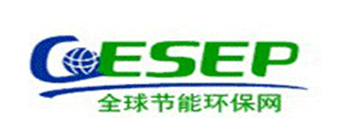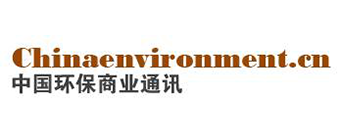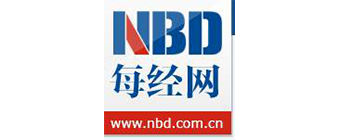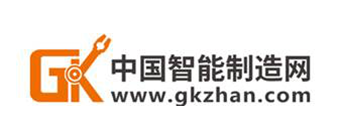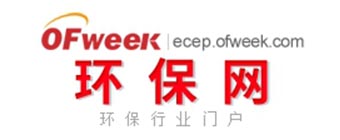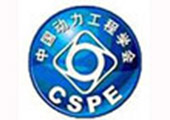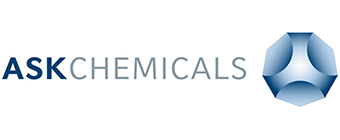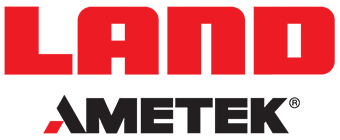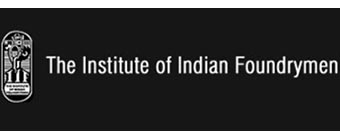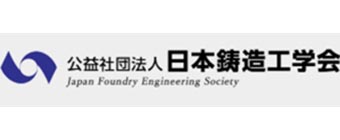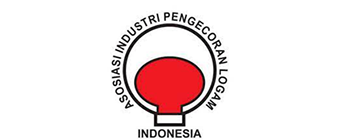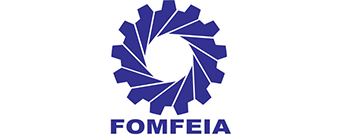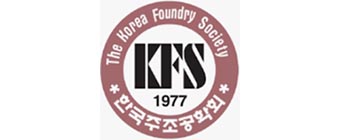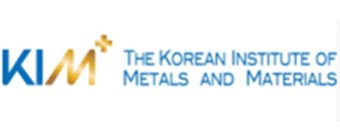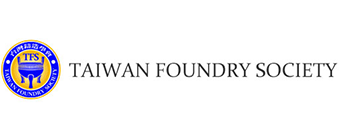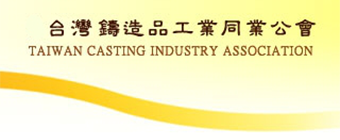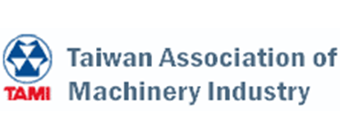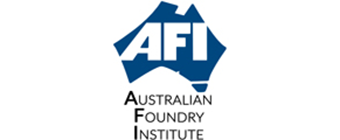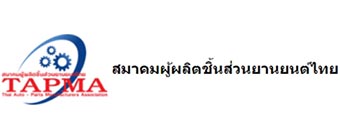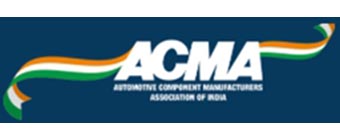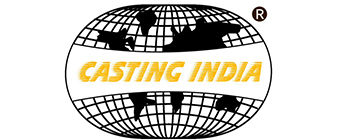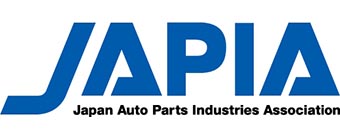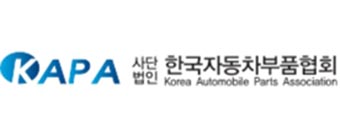Asia Green Smart Foundry Summit 2023 Event Background On September 11, 2019, "Foundry Enterprise Specification Conditions" (T/CFA 0310021-2019) group standard released. The group standard was officially implemented on January 1, 2020.
On September 6, 2019, the Ministry of Ecology and Environment stated in its reply to the recommendation No. 1967 of the seecond session of the Thirteenth National People's Congress that foundry enterprises should be promoted to implement energy-saving and emission-reduction retrofitting, research and formulate the "Evaluation Requirements for Green Factories in the Foundry Industry", etc green standards,guide the green development of the foundry industry.At present, the foundry industry is a key industry for air pollution prevention and control. Processes such as smelting, sand regeneration, and heat treatment involve particulate matter, sulfur dioxide, and nitrogen oxide emissions,core making, pouring, and painting processes also involve volatile organic compounds such as benzene, toluene, and styrene. Discharge, unorganized emissions in the process of production and related materials storage, transfer, and transportation are more prominent. It is necessary to strengthen industry supervision from aspects such as optimizing layout, adjusting structure, energy saving and emission reduction, cleaner production, and emission monitoring.In order to promote the green development and environmental governance of the foundry industry vigorously, in recent years, the Ministry of Industry and Information Technology has increased the promotion and application of advanced energy-saving technologies in the foundry industry, selected and promoted advanced technologies such as near-net-shape and digital moldless casting, and promoted the implementation of energy-saving technologies,emission reduction retrofitting in foundry companies.
On March 4, 2020, the Ministry of Ecology and Environment issued the Technical Specification for Pollution Emission Permit Application and Issuance of Metal Casting Industry (HJ1115-2020).The metal casting industry has a long history and belongs to the foundation of the industry. It mainly includes ferrous metal casting and non-ferrous metal casting. Among them, ferrous metal casting is mainly distributed in Hebei, Shandong, Shanxi and other places, and non-ferrous metal casting is mainly distributed in the Yangtze River Delta, Chongqing, Pearl River Delta, etc. area.The pollutants in the metal casting industry mainly come from exhaust gas emissions, especially particulate matter.This technical specification comprehensively sorts out the pollutant emission characteristics and pollution factors of metal casting pollutant emission units according to the production process, for key management and simplified management, it respectively stipulates the permit limit requirements for the emission concentration and emission amount of waste gas pollutants, and clearly defines waste water, waste gas, Operation management requirements such as solid waste pollution prevention and control, and standardize environmental management requirements such as self-monitoring of pollutant emission units, environmental management ledger, and report on the implementation of pollutant emission permits.The release and implementation of this technical specification will play an important role in improving the air pollution prevention and control level of the metal casting industry, improving the overall improvement of the industry's environmental protection management level, and regulating the issuance and supervision of pollutant emission permits.
On December 8, 2020, the Ministry of Ecology and Environment and the State Administration for Market Regulation jointly issued the "Foundry Industry Air Pollutant Emission Standard" (GB 39726-2020), which was implemented on January 1, 2021.The standard is published for the first time. It specifies the emission limits, monitoring and supervision and management requirements of air pollutants in the foundry industry.Foundry industrial enterprises or production facilities discharge water pollutants, odor pollutants, and environmental noise according to the corresponding national pollutant emission standards, and the identification, treatment and disposal of solid wastes are subject to the corresponding national solid waste pollution control standards.From January 1, 2019, for new enterprises, and from July 1, 2020, for existing enterprises, the emission control of air pollutants shall be carried out in accordance with the provisions of this standard, and the "Air Pollutant Emission Standards for Industrial Furnaces" will no longer be implemented ( GB 9078-1996) and the relevant regulations in the Comprehensive Emission Standard of Air Pollutants (GB 16297-1996).
All localities can also implement this standard in advance with the approval of the provincial people's government according to local environmental protection needs and economic and technical conditions.This standard is the basic requirement for the control of air pollutant emission in the foundry industry.Local provincial people's governments may formulate local pollutant emission standards for items that are not stipulated in this standard; for projects that have been stipulated in this standard, they may formulate local pollutant emission standards that are stricter than this standard.This standard is applicable to the management of air pollutant emissions of existing independent foundry enterprises and enterprises with foundry processes, as well as the environmental impact assessment of foundry industrial construction projects, the design of environmental protection facilities, the completion of environmental protection acceptance, the issuance of pollutant discharge licenses and air pollutant emission management after-commissioning .The blast furnace for molten iron smelting in the short-flow casting process is subject to the Emission Standard for Air Pollutants in Ironmaking Industry (GB 28663).The standard is based on the whole process management and control ideas from source reduction, process control to end treatment, combines unorganized emission control and organized emission control, and clarifies the pollution factors and control requirements of each process and equipment pollution-producing node, effectively solving the foundry industry serious pollution emission problem.Strengthen the source and process control of fugitive emissions.The fugitive emission of particulate matter is the focus and difficulty of pollution control in the foundry industry.This standard comprehensively considers various materials, processes, equipment and industry management status of the foundry industry, distinguishes powder materials such as pulverized coal and bentonite, and materials of different forms such as pig iron, coke and other granular and block materials. For each process link of casting, the fugitive emission control requirements are put forward in a targeted manner.In terms of VOCs fugitive emission control, the standard captures the main pollution sources such as the storage, transfer, and surface coating process of VOCs materials, and stipulates effective fugitive emission control measures. Put forward differentiated management and control requirements, and promote the implementation of source emission reduction in the industry.Strengthen the precise management and control of organized emissions, according to the production process of ferrous metal casting and non-ferrous metal casting, distinguish eight processes of metal smelting, molding, core making, pouring, falling sand cleaning, sand treatment, casting heat treatment, and surface coating. For process-related equipment and pollutants emitted, applicable organized emission limits are specified to ensure the accuracy and operability of standard control.The dual control of emission concentration and removal efficiency is implemented; at the same time, in order to encourage source substitution, if the raw and auxiliary materials used meet the national regulations on products with low VOCs content, only the concentration index is required to be implemented, and the removal efficiency index is not implemented. The surface coating process is the key emission link of VOCs in the foundry industry. While implementing concentration control, for painting workshops or production facilities with large emissions (the initial emission of exhaust gas NMHC is greater than 3kg/h, and the key areas are greater than 2kg/h), the Removal efficiency control should be implemented, and the treatment efficiency should not be lower than 80% to effectively prevent dilution emissions and reduce the total emissions of VOCs.For the organized emissions of metal smelting and other processes in the foundry industry, technologies such as bag dust removal, filter cartridge dust removal, wet or dry desulfurization, and low-nitrogen combustion can be used. For fugitive emissions, measures such as equipment upgrading and closed production can be adopted to achieve pollutant emission compliance.Particulate matter is a key pollutant controlled by the foundry industry. The implementation of this standard is expected to reduce particulate matter emissions by about 30% in key areas due to the prior upgrade of production processes and environmental protection facilities, while other areas can reduce particulate matter by more than 50%, with a total emission reduction of about 50,000 to 80,000 tons.At the same time, it can reduce VOCs emissions by about 30%, with a total emission reduction of about 30,000 tons.The implementation of this standard has a positive effect on improving ambient air quality. As a threshold for industry access, the new standard will further promote fair competition in the industry, effectively solve the problem of "bad money drives out good money", and promote industry structural adjustment and high-quality development.
On May 24, 2021, the "14th Five-Year" Development Plan for the Foundry Industry was officially released. The "Plan" firmly establishes and implements the new development concept of "innovation, coordination, green, open and sharing", and accelerates the short-term development of the industry plate, improve the basic manufacturing and collaborative innovation capabilities of foundry; improve the level of industrial chain coordination, deepen the adjustment of industrial structure, transform the development mode of the industry, accelerate the development of the foundry industry in the direction of green and intelligent, and enter a new stage of high-quality development.The plan objectively analyzes the achievements and main problems of the current foundry industry during the "13th Five-Year Plan" period, looks forward to the future development trend of the whole country's foundry industry, and proposes six major development strategies and six main development goals in the "14th Five-Year Plan" period of the foundry industry. And put forward the main tasks of 14 aspects that need to be carried out for the high-quality development of the foundry industry.
The development goal of "smart manufacturing" was clarified. Accelerate the pace of industry informatization construction, form a mature model of smart manufacturing suitable for typical casting processes and different products, formulate a series of standards for intelligent casting and maturity evaluation, and lead the rapid development of intelligent manufacturing in the industry through the demonstration construction of typical digital workshops/smart factories. By 2025, cultivate more than 200 digital workshops/smart factories.
On December 21, 2021, the eight departments issued the notice of the "14th Five-Year Plan for the Development of Intelligent Manufacturing". The plan is to guide the intelligent transformation of the future industry.
On April 27, 2022, the Ministry of Ecology and Environment released the National Ecological Environment Standard "Technical Guidelines for Self-Monitoring of Pollutants - Metal Casting Industry". This standard specifies the general requirements for self-monitoring of pollutant emission units in the metal casting industry, the basic content and requirements for monitoring program formulation, information recording and reporting. It is suitable for the self-monitoring of the water and air pollutants, noise and its impact on the surrounding environmental quality by the pollutant emission units of the metal casting industry during the production and operation stage.
Key Features
Gain latest information on energy efficiency and emission policies across the Asian countries
Understand the economics of green smart foundry in the region
Learn what investors need to make a project bankable
Debate challenge and opportunities with investors,funders and advisors
Assessing how green smart foundry markets are developing in the region
Assess new technologies in green smart foundry indutry
Assess the market opportunities for advanced green smart foundry technologies and their outputs
Debate the future of the emerging green smart foundry market with industry leaders
Benefit from technical expertise insight from some of the industry¡¯s leading technology providers
Take part in robust discussions and share best-practice with senior-level opinion-formers
Network and do business with the leading green smart foundry projects owners in the region
Discover new commercial opportunities in 2023 and beyond
Position your company at the forefront of the green smart foundry industry globally and Asia
|





















